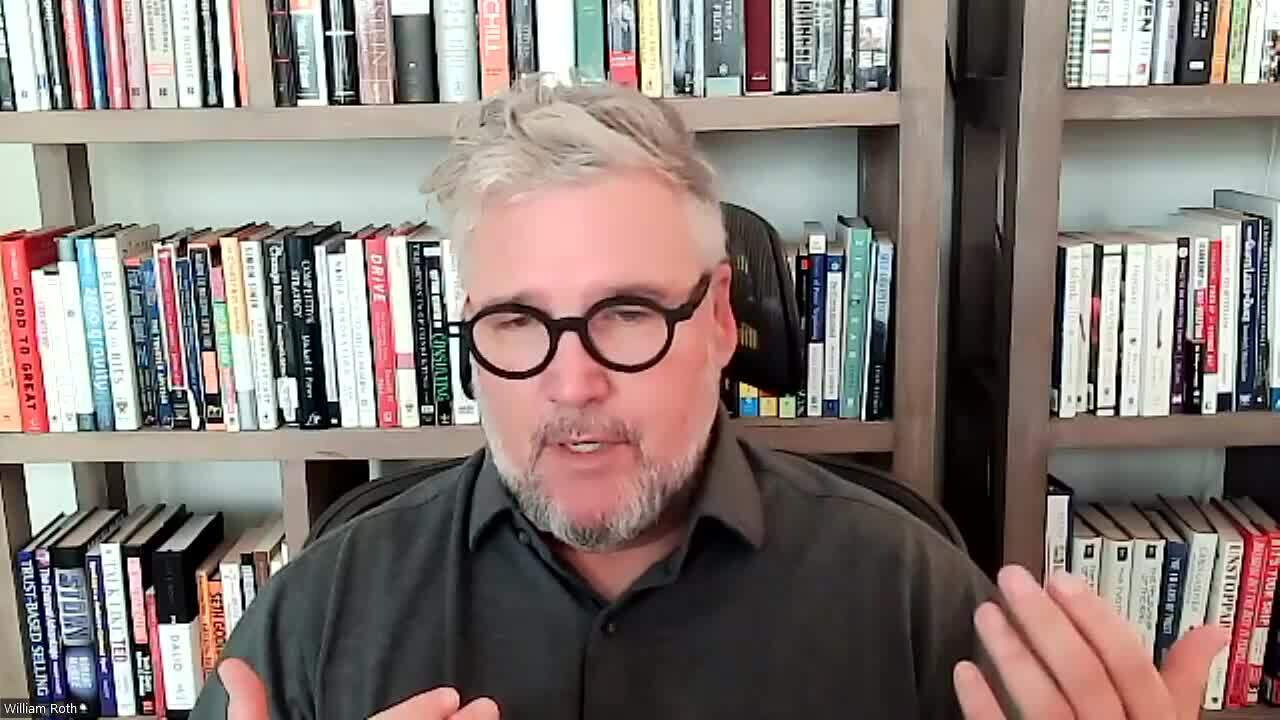Fighting the Drop in Vaccination Rates: Q&A with Gregg Sylvester
An unexpected consequence of the COVID 19 pandemic has been a loss in trust of vaccines. Over the past three flu seasons, there has been a drop in vaccination rates that is alarming experts. Dr. Gregg Sylvester, chief health officer at CSL Seqirus, spoke with Pharmaceutical Executive about the causes of the decline and how important it is to get the rates back to normal.
Gregg Sylvester
Chief health officer
CSL Seqirus

An unexpected consequence of the COVID 19 pandemic has been a loss in trust of vaccines. Over the past three flu seasons, there has been a drop in vaccination rates that is alarming experts. Dr. Gregg Sylvester, chief health officer at CSL Seqirus, spoke with Pharmaceutical Executive about the causes of the decline and how important it is to get the rates back to normal.
Pharmaceutical Executive: How significant are the drops in vaccination rates, and what are the potential consequences of lower rates?
Gregg Sylvester: Influenza immunization rates have declined from their ~50% peak amongst the U.S. population during the 2020/21 season to 36% during the 2023/24 influenza season. This has been seen across all age groups and demographics. Vaccinations have been shown to reduce flu-related medical visits and hospitalizations and serious consequences.
Lower vaccine uptake can lead to higher disease transmission, more severe outbreaks, and serious influenza-related complications. It is of the utmost importance that we address this trend head-on to ensure that individuals, especially those at higher risk including children and older adults, are protected from the potential consequences of influenza.
PE: What are the causes for the decrease?
Sylvester: With declining rates across all ages, the causes of the decrease are varied and some may be attributed to misinformation and fatigue. In addition, some hesitancy may be fueled by lack of confidence in vaccine efficacy. It’s important to state, however, that health authorities around the world monitor the influenza virus in circulation very closely. This surveillance helps determine whether available seasonal vaccines remain effective, providing protection against the viruses in circulation.
PE: What steps can the Pharma industry take to improve vaccination rates
Sylvester: At CSL Seqirus, we are committed to turning around these recent trends and improving influenza vaccination rates. As a global leader in public health and influenza vaccine protection, we are engaging and collaborating with public health leaders and continuing our investments in data and resources to support our HCPs and in turn, their patients, and communities. Improving the serious decline in influenza immunization rates is not going to occur in one influenza season. We must chip away at the problem through taking steps that help advance influenza immunization rates each season.
PE: What does this situation reveal about how people view the Pharma industry as a whole?
Sylvester: Our best resource for correcting the misinformation that persists around vaccines is healthcare providers. Studies have shown that healthcare providers play an important role in promoting vaccine uptake. According to a May 2020 survey from the American Academy of Family Physicians (AAFP), healthcare providers are the single most trusted source and motivator for vaccination. Therefore, it’s essential for pharmaceutical manufacturers, industry partners and HCPs to work together to address declining rates.
We are continuing to work with the CDC to support efforts to instill confidence in vaccination and public health systems. In addition, we are partnering with industry, federal, and state agencies to improve messaging to support flu immunizations so more people have an opportunity to get vaccinated.
Cell and Gene Therapy Check-in 2024
January 18th 2024Fran Gregory, VP of Emerging Therapies, Cardinal Health discusses her career, how both CAR-T therapies and personalization have been gaining momentum and what kind of progress we expect to see from them, some of the biggest hurdles facing their section of the industry, the importance of patient advocacy and so much more.
Applying Porter’s Five Forces to Portfolio Management in Pharmaceutical R&D: A Strategic Roadmap
March 17th 2025The increasing costs and complexity of R&D in the pharmaceutical industry have necessitated the adoption of strategic portfolio management to optimize resource allocation and enhance competitive advantage.

.png&w=3840&q=75)

.png&w=3840&q=75)



.png&w=3840&q=75)



.png&w=3840&q=75)




